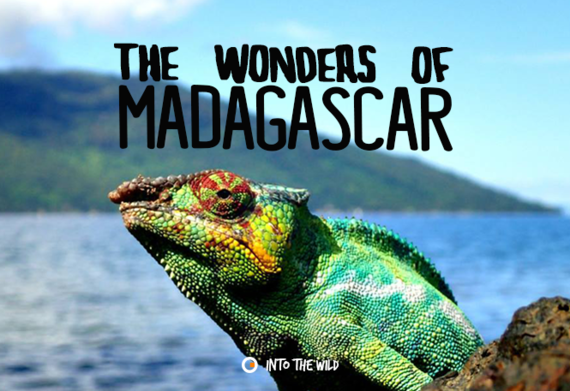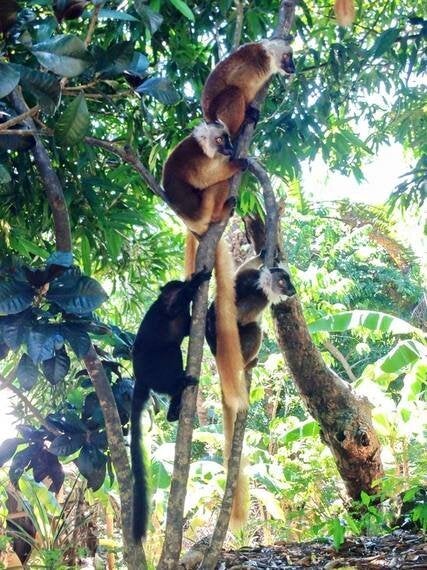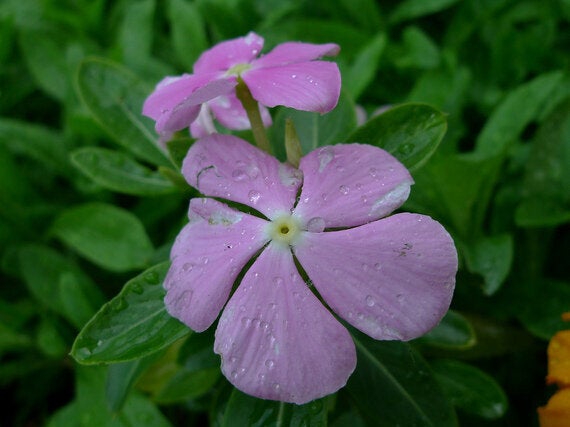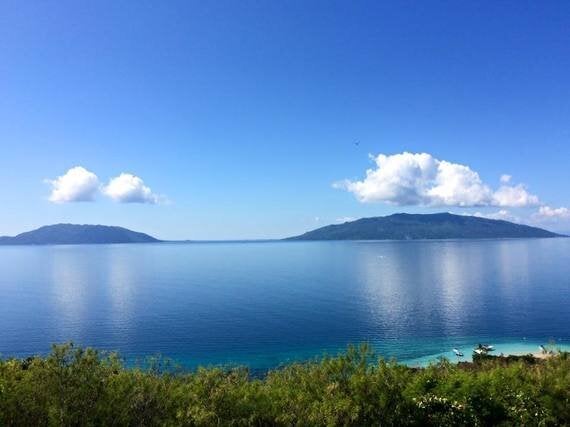
The island of Madagascar plays host to an exciting array of rare wildlife and is home to mesmerising landscape. Its natural beauty is a one off and so is its story of existence. The unique way in which the island was formed and isolated from mainland Africa is the exact reason for its abundance of rare species, which are privileged to call Madagascar home.
Wildlife

Madagascar is an island with a vast array of natural habitats, most of which contain wildlife found nowhere else of earth. The island largely consists of rainforest which covers the mainland in a spectacular green canopy and is the playground for the islands most infamous character, the Lemur.
The south-east African island is the unique home of the furry friend because Lemurs exist nowhere else on earth naturally. The answer behind the Lemur's exclusivity lies in the astonishing story of the island's isolation. Roughly 160 million years ago, the island we now call Madagascar, was attached to the mainland and helped form the super continent of Gondwanaland. As the mainland began to break up, Madagascar started to drift away from what we now call mainland Africa. The evolution of the Monkey came long after the island drifted away, which left Madagascar with the older evolutionary form, the Lemur.
Whereas Lemurs in other parts of the world were driven to extinction by the vastly more intelligent Monkey, Madagascar proved a safe haven for the species lineage. There remains many species of Lemur on the island, arguably around one hundred. However, the Lemur's future is currently dwindling under the pressure of an expanding human civilisation on the island. Commercial logging and hunting are the two largest threats to the species, as their habitats are being compromised for space. Being in such a perilous position, the Lemur is subject to increasing conservation efforts which aim to maintain its very existence.
Plant life
The island still holds on to an abundance of natural beauty and is rich with exotic flowers and plant life. The island contains up to 12,000 plant species, the majority of which are only found on Madagascar. Some of these plants can even be used for medicine! The Madagascan Periwinkle, for example, has medicinal potential. By extracting certain properties, the plant can be used to develop drugs such as Vinblastine and Vincristine. These substances can be used to treat certain cancers so their survival is imperative.

Beaches and Reefs
If the density of the islands rainforest gets too much, the beaches are an exotic relief. Despite Madagascar becoming a popular tourist destination, there remains long stretches of secluded, unspoilt coastline. Not only is the powder-white sand a sight to behold but the waters it looks upon and teaming with life.
The world's third largest coral reef system lies just off the southern-west tip. Toliara, as it is known, reaches 300km and is home to extremely rare marine life, notably the Coelacanth fish. This prehistoric beast can be seen off the Madagascan coast but rarely seen anywhere else.

The shores are also home to Sea Turtles, which continue to rely on conservation efforts for their species ability to successfully breed and ultimately exist on Madagascar. Despite the islands rich abundance of marine life, like those inland, species' habitats are under attack. Due to the increasing human population, the islands shores are being sacrificed. Increased populations result in an increase in demand for resources. The impact of this is damaging the islands coastline which is now increasingly reliant on conservation efforts.

Culture
Much like the evolution of its wildlife, the culture of Madagascar is somewhat different to mainland African equivalents. The island has a Malagasy culture but remains a diverse and vibrant place. It has a large South East Asian influence, which can be seen in the traditional dishes, which reflect this cultural input. The poetic Malagasy Language mirrors the enchanting tone of the island which is truly like no other. The Malagasy people have a strong connection with the islands wildlife and environment. Therefore, they are working hard alongside conservation projects to maintain its natural wonders. When visiting the island, you must immerse yourself in its culture and revel in all its hidden delights!
Madagascar is truly one of a kind. Its unusual evolutionary lineage has created an island full of weird and wonderful nature, some of which is seen nowhere else on earth. Its culture is as rich as its biodiversity and it is a wonder to behold. Despite the film franchise popularising the island among tourists, there still remains secluded parts of the island which are truly breath-taking. It's a place that needs to be seen to be believed.
If you want to witness the sheer beauty of Madagascar for yourself, then we have projects that are perfect for you. Lose yourself in the natural wonders as you help in the conservation effort on our Marine or Wildlife Conservation Projects. Alternatively, help the local communities on our Teaching or Community Projects. There are many more projects on the island which may be right for you!
Ben Church
Check out 'Into the Wild' for more articles like this.
Ben Church is an Online Journalism Intern for Frontier, a non-profit conservation NGO that helps people plan their gap year with over 300 opportunities to volunteer abroad and take part in adventure travel across the globe.